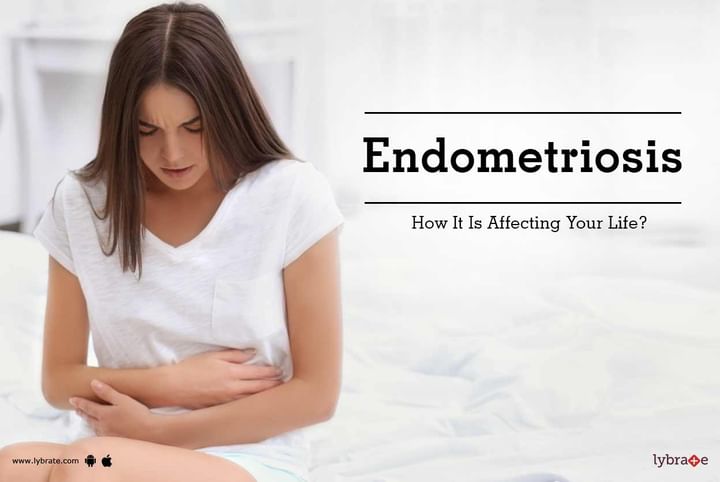Endometriosis - How It Is Affecting Your Life?
The tissue that lines the uterus is known as the endometrium. In some cases, it can grow outside the uterus. This is known as endometriosis. Endometriosis usually involves organs in the pelvic cavity such as the ovaries, fallopian tubes, bowel and lining of the pelvic cavity. In rare cases, it may involve the vagina, cervix and bladder as well.
Depending on the location and extent of endometrial tissue, it can be classified into four stages ranging from minimal to severe. Most cases of endometriosis fall into the minimal or mild category which involves mild scarring and superficial tissue implants. Moderate or severe endometriosis can cause cysts and severe scarring. Infertility is also commonly associated with severe endometriosis.
Pain in the pelvic area just before and during menstruation is one of the most characteristic symptoms of this disorder. This is because the overgrown endometrial tissue acts like normal endometrial tissue and is shed during menstruation. The only difference is that since there is no exit for this overgrown tissue, it is trapped in the pelvic cavity. The location of the implantation of endometrial tissue also plays a role in the amount of pain experienced. The deeper the implant, more the pain. Implants near areas with high nerve density are also more likely to be painful than implants in areas with low nerve density. These implants may also release substances into the blood stream that can cause pain.
Other symptoms associated with this disorder are:
• Painful intercourse
• Painful urination
• Pain during bowel movements
• Infertility
These symptoms especially the pelvic pain can vary from month to month in terms of duration and intensity.
A few simple changes in your diet can help manage the symptoms associated with this disorder and in some cases, prevent it as well. Avoid processed food and foods that are high in sodium content. You should also avoid high-fat dairy and food that is rich in arachidonic acid. Instead, increase your consumption of carbs and green leafy vegetables. You could also add two tablespoons of walnut oil a day to your diet to help combat inflammation and the other effects of arachidonic acid.
Early stages of this disease can be treated with hormone therapy, but if it has progressed to the later stages, surgery may be needed. This surgery is performed laparoscopically and aims at removing all the implanted tissue from outside the uterus. However, in cases where the anatomy of the pelvic organs has been distorted by the implants, a hysterectomy may be required. This option, however, it usually considered only in cases where a woman does not have any plans of conceiving more children.
In case you have a concern or query you can always consult an expert & get answers to your questions!



+1.svg)
